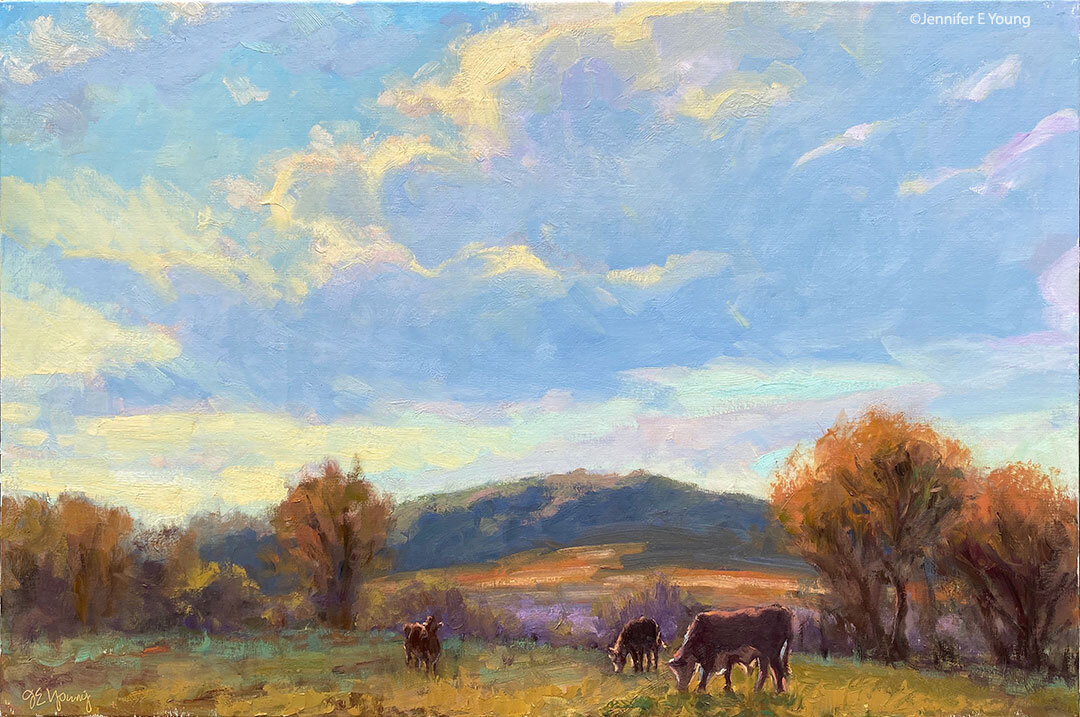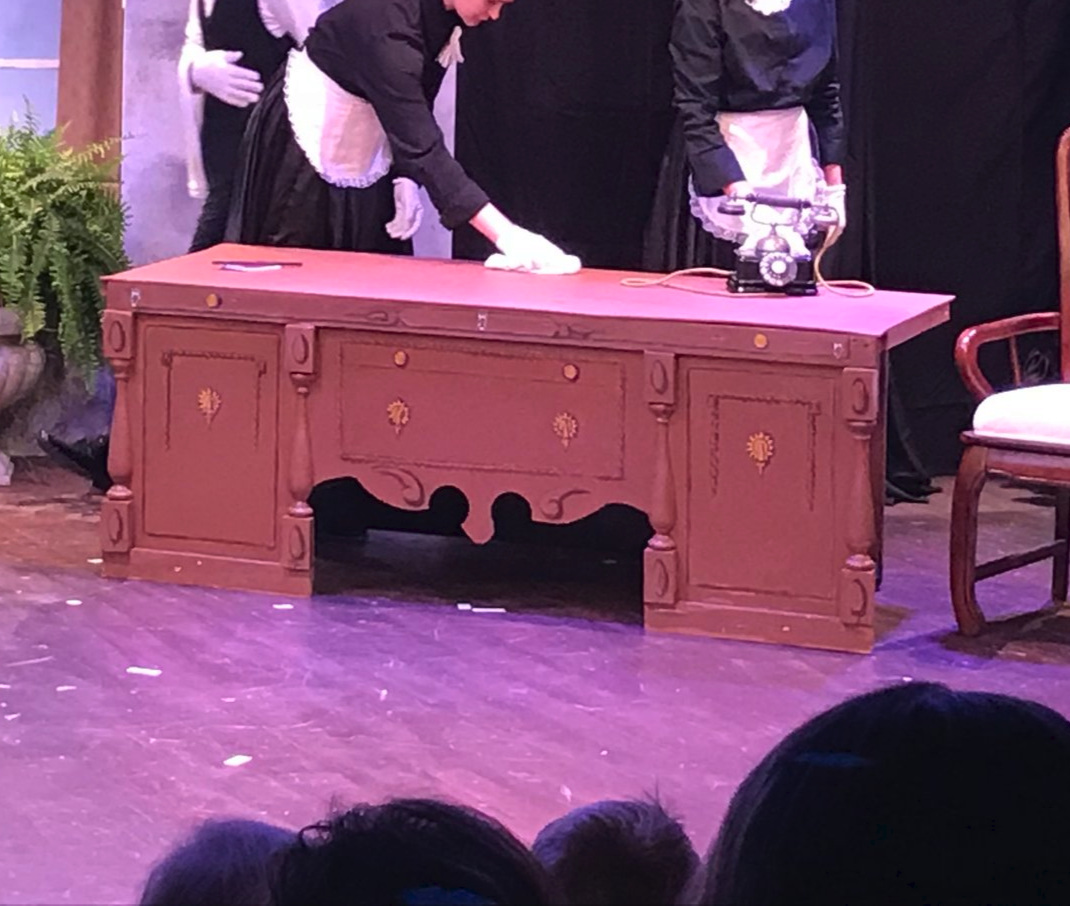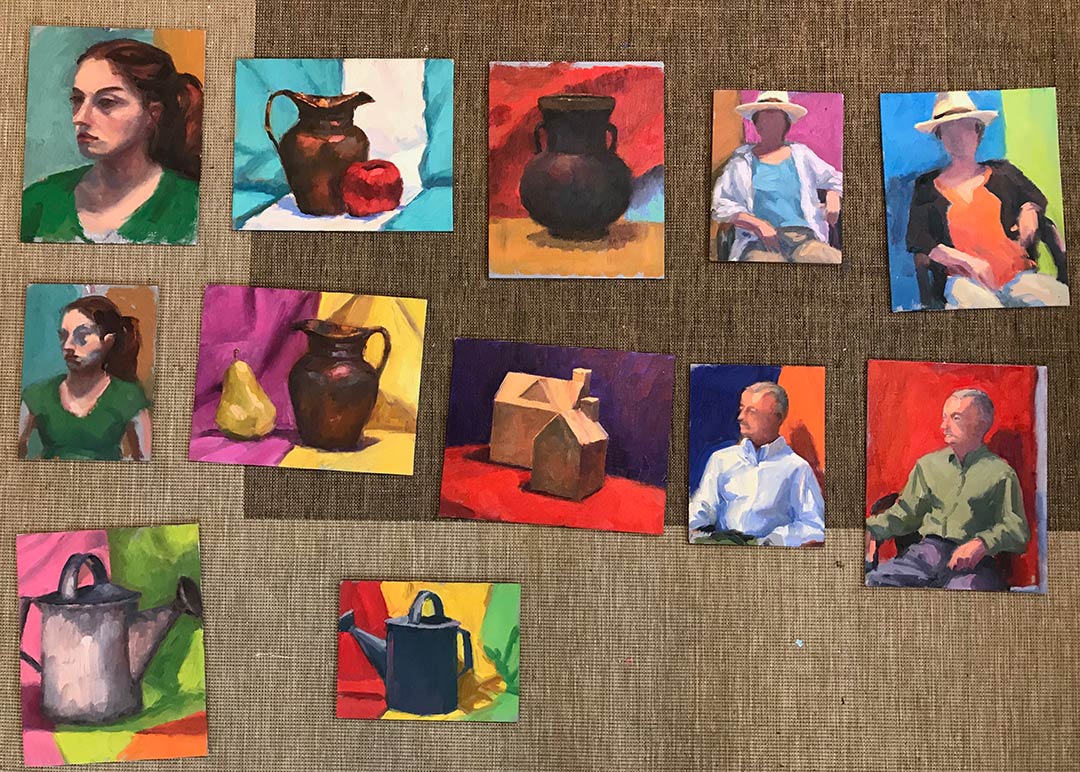Well, for the most part, my resolve last week to get "back to painting" crumbled, as I found myself distracted by a number of other issues. I haven't been in the best command of the schedule I'd set up for myself, setting aside my painting time to do a million different errands and tend to personal issues as well. The tendinitis continues to bother me, too, which isn't helping my stick-to-itiveness. In hindsight, in spite of my injuries, I probably should have made myself stick as much as possible to the same schedule regardless of whether I'm actually "painting"-- filling the gaps with new art-related activities (like reading one of my gazillion art books!) In any event, I am starting again--finally-- with a color block-in which I'm including below:

Because of the shoulder/arm thing, I've had to make a few changes to the way I work so that I'm not in a huge amount of pain by the end of the day. I've lowered my entire painting setup, paint for shorter intervals, and also set a timer when I am painting to go off every 30 minutes. It reminds me to stop and stretch and give my muscles a chance to release the locked position I tend to take when I'm hyper-focusing during painting.
Coincidentally, artist Robert Genn wrote an interesting little article last week in his twice-weekly newsltetter about the timed exercises he uses for attention and focus, (which naturally caught my attention!) In the article, Genn suggests that by imposing shorter time limits on a work session (in his example 37 minutes), one is required to come into sharp focus, thereby energizing mind and spirit (and often one's painting as well.) I don't think Genn is suggesting that one should always commit only 37 minutes to complete a painting! Rather, these are exercises to 'shake things up' and breathe new life and energy into old, comfy work habits.
It's a good idea. And it's one I've implemented myself (though I used a kitchen timer rather than an elusive 37-minute hourglass.) While Genn required his students to complete small paintings in his timed exercises, I've also found that the practice works great for plein air and larger studio paintings when you want to track how long you spend working on each stage of the process.
For instance, in plein air painting, where the shifting light already imposes a certain time limitation, the amount of time you spend establishing your composition is important not only to the painting as a whole, but also because it will dictate how much time you have left for the block-in and finishing. So for a smallish painting, I might wish to limit myself to 15-20 minutes to lay in my composition- DING! And 40 minutes for a block-in-DING! That leaves another 30 minutes to (possibly) an hour to make changes, refine shapes and edges and finish before the light changes too drastically (DING! Brushes down.)
You can play around with division of time if you wish, but the result, as Genn suggests, is often that you learn to hone your focus and think better on your feet, without giving yourself the chance to "noodle around" endlessly or jump into detail too early in the game. It helps in more ways too, than just keeping you on track. For some reason, the timer helps to address all of the canvas during each of the timed stages, thereby avoiding the tendency to get lost in only working (or overworking) one section of the painting to the sacrifice of the others. I'm not sure why this is. Maybe it's just that using the timer stage-by-stage causes you to take a more deliberate, conscious approach at each stage, making the approach more methodical by breaking things down into digestible chunks.
While the timed-stages works particularly well for plein air painting (when time is truly of the essence,) I've found the same principal can also be worthwhile when applied in the studio, either by similarly timing myself at different stages in larger pieces, or, as Genn suggests, by (attempting to) finish an entire smaller piece in a short interval, as an exercise drill or a warm-up. So I thought I'd try it for the painting above, timing the initial compositional sketch and the color block-in at 15 and 40 minutes, respectively. I don't intend to finish this piece in just an additional hour. It's a 24x30" canvas and I certainly don't want it to look completely slapdash. On the other hand, I do hope to keep it as fresh as possible to re-energize myself now that I'm getting back to work.
Of course, anything can be annoying if taken to the extreme, but I can see how using the timer periodically can serve a useful purpose. It also provides good insight for me about my process, and just how much time I am spending therein.
 "Early Color, Autumn"
Oil on Linen, 12x9"
For more information, click here!
"Early Color, Autumn"
Oil on Linen, 12x9"
For more information, click here!



 "James River Overlook, Brown's Island"
Oil on Canvas, 12x9"
"James River Overlook, Brown's Island"
Oil on Canvas, 12x9"
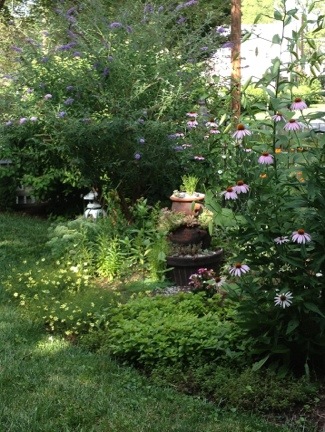
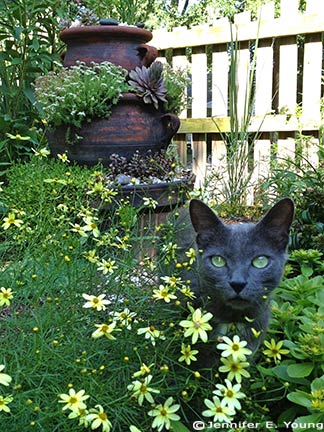

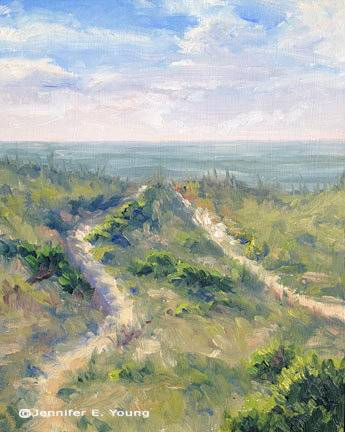













 This is a cross-posting with my newsletter so I hope that the readers of both will forgive the repetition. If you are in the Richmond area, I will be participating in a group invitational this Friday night at
This is a cross-posting with my newsletter so I hope that the readers of both will forgive the repetition. If you are in the Richmond area, I will be participating in a group invitational this Friday night at  So if you are in Richmond, come out for some fun, see some great winter-themed art, pick up some calendars for holiday gifts, and support a great cause. Here are the details:
So if you are in Richmond, come out for some fun, see some great winter-themed art, pick up some calendars for holiday gifts, and support a great cause. Here are the details:






 Â
 
